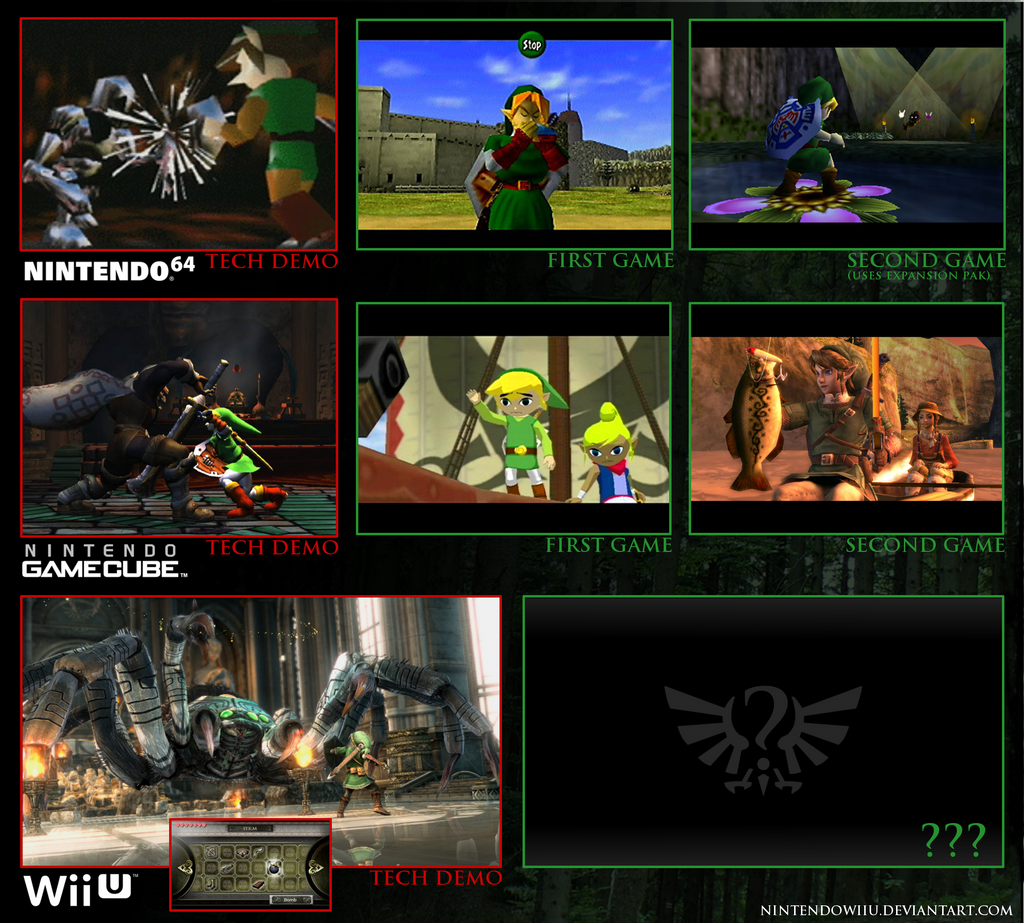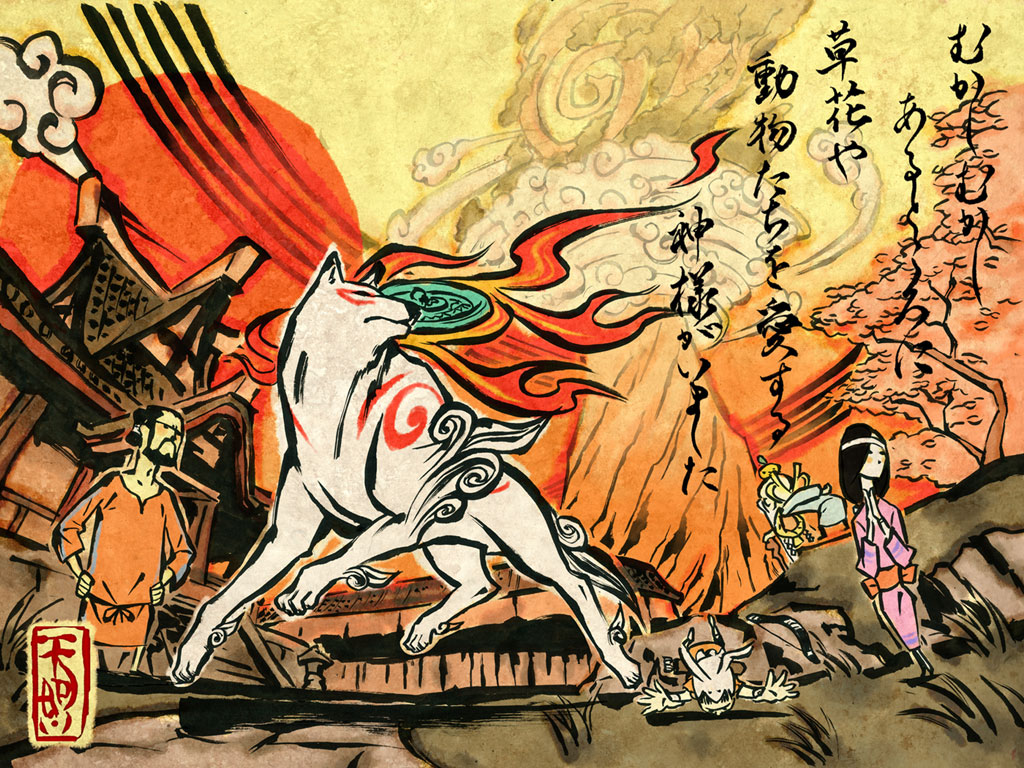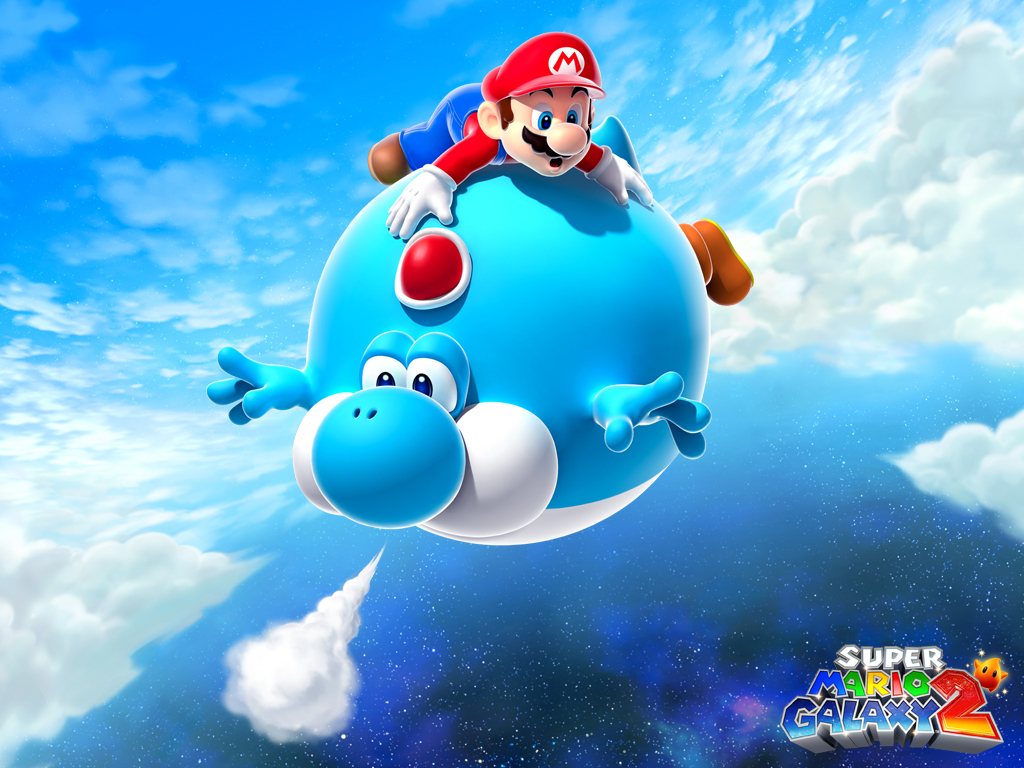Okay, so we have no specs for the Wii U, we only have vague statements about its power from third parties that often contradict one another and are all over the place (the Wii U is extremely powerful; the Wii U is powerful enough to support our framework; the Wii U can do anything the Xbox 360 and the PS3 can; the Wii U is a stopgap console). Making the matter worse is the fact that first party statements themselves are contradictory (the Wii U will be competitive with next generation consoles; the Wii U will not be incredibly more powerful than the Xbox 360). This leads to unsibstantiated arguments regarding the system's power, and hence its future, and by extension, Nintendo's future.
We don't have any concrete numbers or facts to back any arguments up. What we do have, however, is precedence, which I will now use to demonstrate that the Wii U will in fact be a supremely powerful console graphically, and that even if it is the weakest system next generation, it shall be competitive (sort of like the PS2 was last gen).
How do I propose to do this? By using tech demoes of course. The fallacy that many point out in such an argument is that tech demoes are never representative of a console's power, and they often exaggerate the visual prowess of the system. Such arguments would be right, except Nintendo tech demoes never exaggerate. In fact, the tech demoes almost always look several degrees worse than the final game ever does.
The Legend of Zelda has often been used to create tech demoes that incite excitement towards the new system, and show off the prowess of the console as well.
Nintendo 64
Here is the tech demo for The Legend of Zelda 64.This is what the final game, The Legend of Zelda: Ocarina of Time, really looked like. See how much better it looks than the tech demo? The demo makes my eyes bleed, it makes me want to hurl. The final game looked beautiful for its time, and still holds up today, thirteen years after its original release.
Gamecube
The Gamecube debuted with footage from a Zelda tech demo, which has become infamous for the cries of outrage and allegations of bait and switch that it incited when the actual Zelda game turned out to be The Wind Waker.Regardless, the actual demo is linked above. The final game on the Gamecube, the realistic Zelda game which can really be held to be representative of the system's power, was The Legend of Zelda: Twilight Princess. Here is what it looked like. Once again, the difference in how the original demo looks (like a highly upgraded N64 game) and how the final game looks (it managed to hold its own against HD console games in 2006) is substantial, and the tech demo again was not indicative of the system's actual power.
Wii U
To launch the Wii U, Nintendo had no games, but only vague promises of third party support and future first party games. They did, however, have loads of tech demoes.One of them stood out more than others: the Zelda tech demo. The demo looks incredible- it already grapicaly seems to be doing that would be very hard, if not outright impossible to achieve on the Xbox 360 or PS3. The fact that this entire portion of the game is rendered in engine is even more impressive. Going by the remarkable difference in the tech demoes and the final products in the past, can you even imagine what the final game will look like? And by extension, how impressive the Wii U actually has to be?
Again, it might be the weakest of the three systems next gen, but the difference will be more like the difference between the PS2 and the Xbox/Gamecube rather than the difference between the Wii and Xbox 360/PS3.








Log in to comment